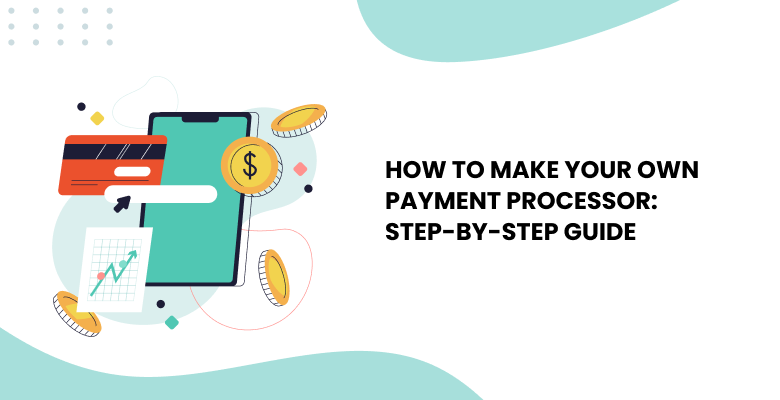USAePay has been at the forefront of providing secure payment solutions since 1998. Pioneering the industry, USAePay’s payment gateway was among the earliest to achieve Level 1-PCI compliance.
USAePay functions as a payment intermediary that equips companies with the necessary mechanisms to handle digital financial exchanges, including credit card dealings. This gateway serves as a secure channel that bridges the gap between sellers and banking systems, ensuring the safe transmission and approval of financial activities.
Key Highlights
The service is renowned for its robust security measures, notably its embrace of encryption and token-based security, safeguarding vulnerable client data. It’s a versatile platform offering multiple ways to sync up with pre-existing company software, online portals, and physical point-of-sale setups.
Among the range of services that USAePay is likely to offer are:
Acceptance of Card Payments: Assisting businesses in processing a range of credit cards, including but not limited to Visa, MasterCard, and American Express.
Security Against Fraud: Equipped with a multi-layered security framework, featuring systems like Address Verification (AVS) and Card Security Codes (CVV), alongside sophisticated fraud-detection modules.
Portable Payment Solutions: Facilitating mobile transactional capabilities suitable for enterprises that operate on a mobile basis or through mobile applications.
Web-Based Transaction Console: Offering an online interface where companies can manually input and authorize credit card transactions, commonly used for telephone or postal orders.
Software and API Connectivity: Easing the integration process with various third-party applications such as e-commerce shopping carts and accounting software.
Automated Recurring Charges: Simplifying the procedure for businesses to establish and manage recurring or subscription-based financial transactions.
How to Start with USAePay
Initiating your journey with USAePay requires a sequence of actions, ranging from creating an account to incorporating the payment system into your business activities.
Step 1: Assess and Investigate
Ensure that USAePay aligns with your business requirements and is compatible with your existing technological infrastructure.
Step 2: Create an Account
After determining that USAePay suits your needs, the subsequent action usually involves registering for an account.
Step 3: Opt for a Suitable Package
Various subscription tiers may be available, each offering distinct features and cost elements. Select the package that aligns with your business objectives.
Step 4: Personalize Preferences
Upon completing registration, you generally gain access to a control panel where you can modify configurations like transaction ceilings, anti-fraud protocols, and additional functionalities.
Step 5: Incorporate into Business Systems
The following action is to integrate USAePay with your operational tech stack, such as point-of-sale systems, digital platforms, or mobile applications. This could be achieved either via API connections or by adding extensions for well-known e-commerce solutions like Shopify, Magento, or WooCommerce.
Step 6: Execute Trial Runs
It’s advised to conduct a few mock transactions to validate that the system operates as anticipated before making it available to the public.
Step 7: Activate the System
When you’re confident that all elements are accurately configured, you can begin to process actual payments.
Step 8: Sustain and Seek Assistance
Regularly examine your transaction records and consult USAePay’s support services and educational resources for troubleshooting or adopting new functionalities.
Don’t forget to periodically update your software and reassess your security configurations to maintain adherence to existing safety guidelines and legal norms.











